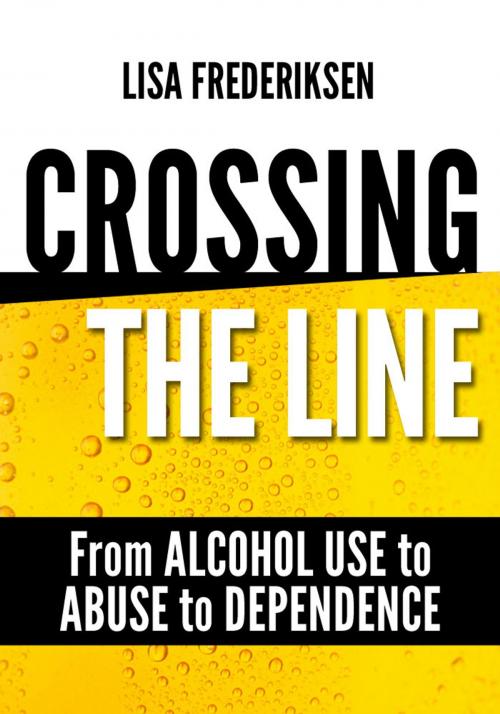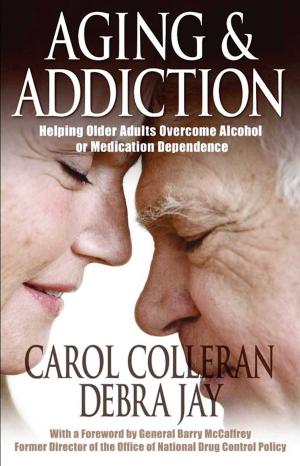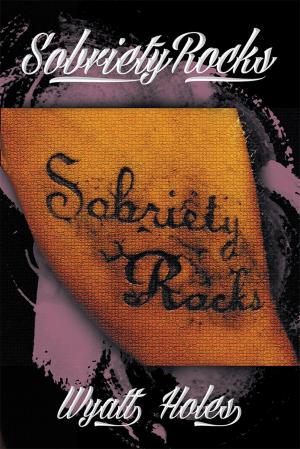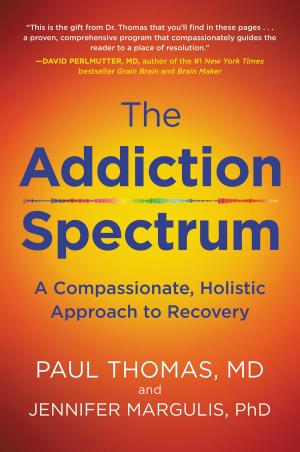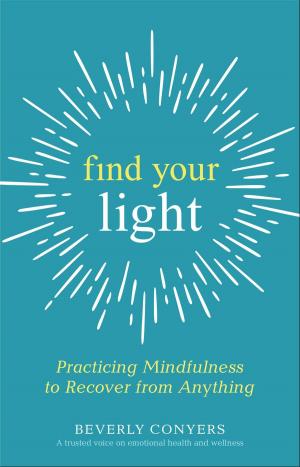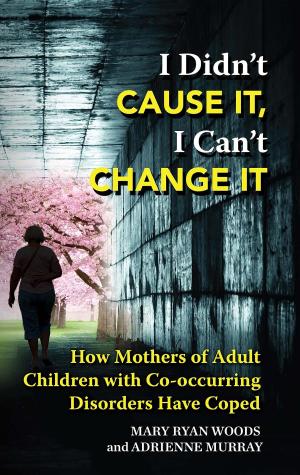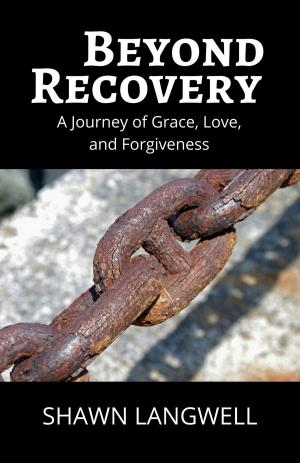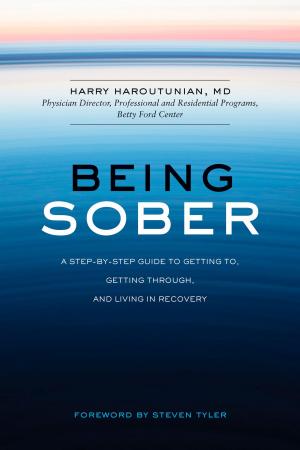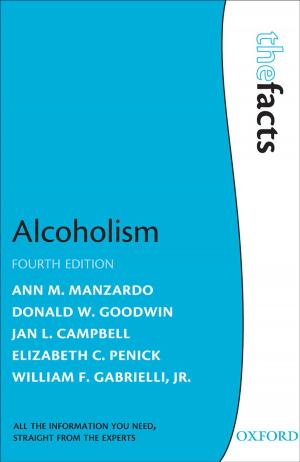Crossing the Line From Alcohol Use to Abuse to Dependence
Debunking Myths About Drinking Alcohol That Can Cause a Person to Cross the Line
Nonfiction, Health & Well Being, Self Help, Addiction, Alcoholism| Author: | Lisa Frederiksen | ISBN: | 9780981684468 |
| Publisher: | KLJ Publishing | Publication: | April 2, 2012 |
| Imprint: | Language: | English |
| Author: | Lisa Frederiksen |
| ISBN: | 9780981684468 |
| Publisher: | KLJ Publishing |
| Publication: | April 2, 2012 |
| Imprint: | |
| Language: | English |
You have likely heard one or more of the following statements: • Drinking coffee sobers a person up. • Alcoholism is not a disease. Cancer is a disease. Alcoholism is a choice - put down the bottle! • Letting your teen drink at home teaches them how to drink safely. • An employee's alcohol use is none of a company's business. • "Forgetting" what happened while drinking is just a convenient way of pretending you don’t remember the horrible things you did last night. • An alcoholic has to hit bottom. Whether any of these sound familiar or you've questioned any number of the other common presumptions about drinking alcohol, this book is for you. It can be used by parents, students, people worried about their drinking, clinicians, policy makers, law enforcement officials, doctors, veterans, domestic violence professionals, social workers, family law attorneys, medical school students, family members, business leaders and treatment center providers – the list is endless. Here readers will find the latest brain and addiction-related research and science discoveries written for the general public that debunk the common myths about drinking alcohol. For it is in believing these myths that a person’s drinking can cross the line from alcohol use to abuse to dependence. And what is this “line?” It represents the three stages of drinking briefly described below: • Alcohol Use = “low-risk” or moderate drinking [Myth 1] • Alcohol Abuse = repeated binge drinking and/or routine heavy social drinking [Myth 9] • Alcohol Dependence = alcoholism, one of the brain diseases of addiction [Myth 10] Most people are unaware there is a line comprised of these three stages of drinking, believing instead that drinking is either “normal” or “alcoholic.” Most people are unaware there are increments along the line itself, that 35% of American adults never drink alcohol, or that 37% of American adults always drink within “low-risk” drinking limits. Thus examining and challenging the common myths from a scientific perspective can help readers recognize what it takes to cross the line from alcohol use to abuse to dependence and what it takes to stop the progression. Much of the breakthrough research being presented is the result of two very important decades: the Decade of the Brain – the 1990s – and the Decade of Discovery – the 2000s. Much of it is the result of new imaging technologies that allow neuroscientists and medical professionals to study the live human brain in action and over time. As for the research itself… It is being conducted and reported by numerous national and international agencies and organizations, such as the NIAAA (National Institute on Alcohol Abuse and Alcoholism), the SAMHSA (Substance Abuse and Mental Health Services Agency), the Partnership at DrugFree.org, the NIDA (National Institute on Drug Abuse), and the WHO (World Health Organization), to name a few. So, we’ll begin at the beginning of the line with alcohol use – Myth 1.
You have likely heard one or more of the following statements: • Drinking coffee sobers a person up. • Alcoholism is not a disease. Cancer is a disease. Alcoholism is a choice - put down the bottle! • Letting your teen drink at home teaches them how to drink safely. • An employee's alcohol use is none of a company's business. • "Forgetting" what happened while drinking is just a convenient way of pretending you don’t remember the horrible things you did last night. • An alcoholic has to hit bottom. Whether any of these sound familiar or you've questioned any number of the other common presumptions about drinking alcohol, this book is for you. It can be used by parents, students, people worried about their drinking, clinicians, policy makers, law enforcement officials, doctors, veterans, domestic violence professionals, social workers, family law attorneys, medical school students, family members, business leaders and treatment center providers – the list is endless. Here readers will find the latest brain and addiction-related research and science discoveries written for the general public that debunk the common myths about drinking alcohol. For it is in believing these myths that a person’s drinking can cross the line from alcohol use to abuse to dependence. And what is this “line?” It represents the three stages of drinking briefly described below: • Alcohol Use = “low-risk” or moderate drinking [Myth 1] • Alcohol Abuse = repeated binge drinking and/or routine heavy social drinking [Myth 9] • Alcohol Dependence = alcoholism, one of the brain diseases of addiction [Myth 10] Most people are unaware there is a line comprised of these three stages of drinking, believing instead that drinking is either “normal” or “alcoholic.” Most people are unaware there are increments along the line itself, that 35% of American adults never drink alcohol, or that 37% of American adults always drink within “low-risk” drinking limits. Thus examining and challenging the common myths from a scientific perspective can help readers recognize what it takes to cross the line from alcohol use to abuse to dependence and what it takes to stop the progression. Much of the breakthrough research being presented is the result of two very important decades: the Decade of the Brain – the 1990s – and the Decade of Discovery – the 2000s. Much of it is the result of new imaging technologies that allow neuroscientists and medical professionals to study the live human brain in action and over time. As for the research itself… It is being conducted and reported by numerous national and international agencies and organizations, such as the NIAAA (National Institute on Alcohol Abuse and Alcoholism), the SAMHSA (Substance Abuse and Mental Health Services Agency), the Partnership at DrugFree.org, the NIDA (National Institute on Drug Abuse), and the WHO (World Health Organization), to name a few. So, we’ll begin at the beginning of the line with alcohol use – Myth 1.
